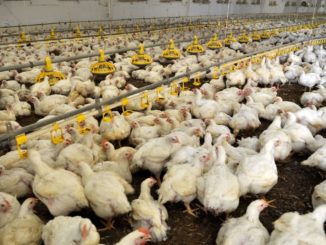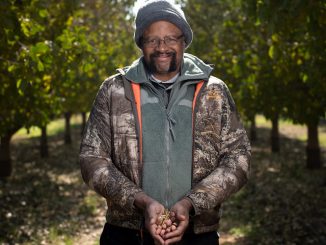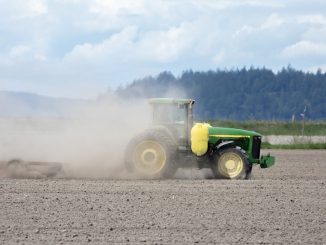In this series, our authors and readers have approached the livestock debate from many perspectives – climate, animal ethics, economic and more.
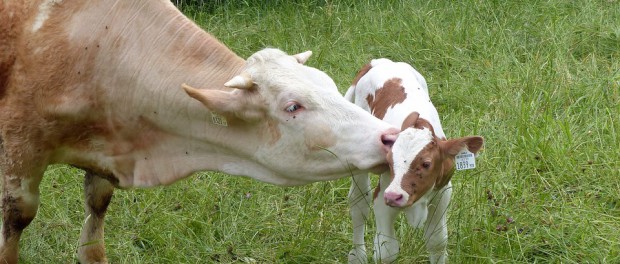
Wrapping up this first debate is an attempt to draw elements of a roadmap of how we could change our relation to livestock and raise farm animals in a way that supports the soil, circulates nutrients, treats animals well, balances people and planetary needs holistically, all with a view to helping farming and food become genuinely sustainable. No small feat! The debate is of course not closed. Upcoming debates on ARC2020 will relate to what we have raised as challenges and possible solutions and it will allow our partners and readers to move on in their reflections and actions.
Read the Livestock Debate in full
But let’s draw some commonalities together:
1: The system is broken
![By Larry Rana (USDA) [Public domain], via Wikimedia Commons](https://www.arc2020.eu/wp-content/uploads/2016/01/Florida_chicken_house-620x264.jpg)
It has long being argued and assumed by many who think about the agri-food system that livestock in general and meat in particular is unsustainable: that meat-as-is contributes to excessively unhealthy diets, obesity, insufficient diets for the poor and environmental damage for all. Much of this terrain we outlined in our opening gambit. Indeed all contributors were united in thinking that when it comes to livestock, business as usual isn’t working.
As IPES Food’s contributors put it – “the current rates of meat consumption in wealthy countries – particularly red meat – are unsustainable under any circumstances……industrial feedlot production yields too many negative outcomes on too many fronts to be justifiable”.
The IATP made these viscerally clear – the horrors of industrial meat really are manifold as Ben Lilliston exposed. While this model of production is now global, the U.S. experience exposes many of its often unspoken consequences, including the suffering of rural communities, public health, the environment and animal welfare. The concentration of hog farms, and associated manure lagoons, in largely minority communities have caused environmental and health problems. International human rights violations have been alleged associated with the dangerous work, poor treatment, of U.S. meat and poultry workers, and exploitation of the for-profit prison system. As the meat industry scrambles to inoculate massive confinement facilities from diseases like avian flu or the piglet virus– there seems to be little consideration that the model itself is badly broken.
2: There is an ethical dimension to this broken food system
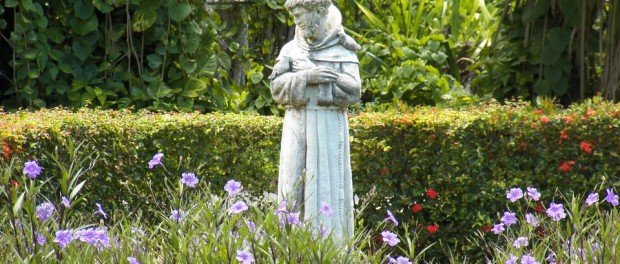
Hence the debate also raised questions about the ethics of our relation with livestock, regarding the treatment of animals and justice regarding people who cannot afford the western meat based diet. Frank Armstrong contributed a key message: that humanity requires a revolution in food production as seismic as any before: radically shifting from the obsolete models of livestock-agriculture and fossil fuel-agriculture to a plant based diet. This would mean reconciling humans with Nature through plant-oriented production, improved crop rotation, integrated food production within cities and would need to drastically expand our range of cultivated crops. He also speaks to the violence implicit in eating meat and evolutionary progress towards a world of less suffering for all sentient beings
His contribution highlights that our slaughter methods deny the cooperation that is at the heart of all ecosystems. As a species we can embrace the spirit of cooperation by avoiding the unnecessary killing of more than fifty billion animals each year. In order to avoid the overall negative consequences of industrial farming systems which he sees also as a key source of conflicts between humans in need of food Armstrong suggests a simple formula: eat plants not animals.
3: Livestock for soil regeneration may be (part of) the solution
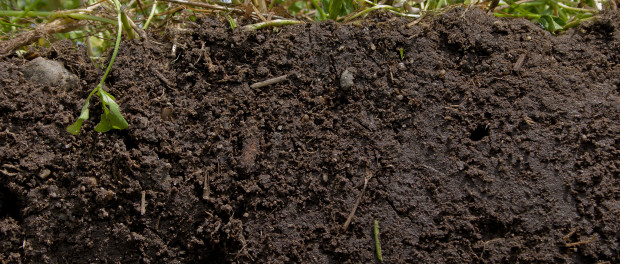
While many argue that dietary change encompassing less meat – or perhaps no meat or even no animal products at all – is essential for the planet’s socio-environmental well-being, an alternative view has emerged. This view also considers the carbon building potential of livestock in soil, while also looking more broadly at a sustainable agri-food and dietary sustainability.
This position does not defend the current industrial agri-food system, but does promote ways in which livestock can be – and in some cases is – more sustainable in various parts of the world, seen in the broader environmental, economic, social and political sense, but all the while regenerative.
Putting the carbon back into the soil, the slogan of the regenerative farming movement in the US might not reconcile those who have decided to become ethics-driven vegetarians with people eating meat, but the relation to livestock in terms of its role for a paradigm shift in the food system seems to be promising.
So how could it be done differently? The impetus for this overall livestock debate we’ve run has in fact been the emergence of regenerative agriculture. This movement prioritises soil carbon building through livestock, as does the permanent grassland movement in the EU. In these scenarios, outlined by both Sheldon Frith and Miles King we learn more about the potential for this approach. So could producing lamb and beef – currently poor performers in GHG terms, compared to dairy, chicken and pork – actually lead to massive storage of carbon? Soils, mostly under grassland, are the UK’s second largest carbon store, after peatlands, argues Miles King cogently. And Sheldon Frith points to some early promising research on carbon storage in soil using regenerative mob grazing techniques.
However, the capacity for grasslands to store carbon depends on a number of things, including how they are managed. Indeed, they can also release GHGs – simply put, there are lots of opportunities for carbon storage, and lots of threats for GHG release.
And yet, very little research has been done into carbon storage and sequestration in grasslands. However as Ben Lilliston has uncovered, in the US a government report concluded that corn and soy-fed ruminants raised in confined systems produce many times more methane than livestock which is grazed and that emissions decrease when shifting the feed of dairy cows from silage and grain toward more grass.
4: There’s more to sustainable food than carbon
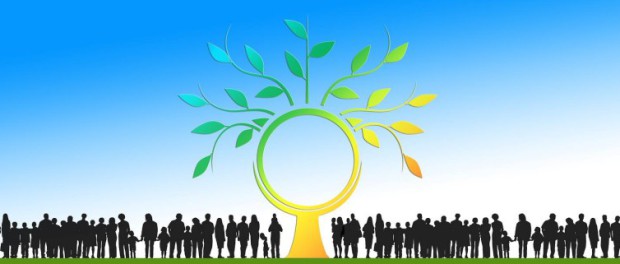
In addition to carbon storage, the multiple benefits of a more diversified farming approach, which includes animal production as part of an agroecological system, are becoming increasingly evident. As IPES food emphasise, the more livestock farming is reintegrated into landscapes, the more sustainable it becomes. In this, they echo Sheldon Firth’s points on the multiple benefits of holistic grazing.
They cite the examples of mixed crop-livestock systems delivering resource efficiencies and the variability of feed conversion ratios which can in fact show mixed, outdoor grass systems as preferable.
Integrated systems have multiplier positive effects: “the more holistically the environmental footprint is considered, the better the mixed systems fare.”
Indeed the sustainable, mixed approach as outlined by Olivier De Schutter, Hans Herren and Emile Frison could be a buffer against another problem – the carbon reductionist, ramping up production approach Shefali Sharma (of IATP) is concerned with . Governments and big lobbies are looking for ways to carry on with destructive business as usual while formally reducing Co2 emissions.
This is not to downplay the problem – total emissions from global livestock represent 14.5 percent of all anthropogenic GHG emissions (FAO); and as Sharma notes, citing a Chartham House report: “If meat and dairy consumption continues to rise at current rates, the agricultural sector alone will soak up 20 of the 23 GtCO2e yearly limit in 2050, leaving just 3 GtCO2e for the rest of the global economy”.
However a huge focus seems to be not on overall GHG reductions but, rather, on reducing the GHG intensity of the system as is: As Sharma put it: “exacting even more meat and milk from animals than we currently do in the extremely extractive and debilitating industrial animal production model”.
Meanwhile, necessary dietary change and holistically sustainable agri-food systems, systems which encompass climate change and many other important considerations too, are backgrounded.
Nevertheless, it’s worth heeding some warnings: there is a real difficulty and many issues with measuring soil carbon accurately, especially when they lead to carbon offset markets: “such offset projects are not appropriate for small scale farmers and serve project developers more than participating farmers” as Ben Lilliston warns.
IPES Food authors also, while welcoming regenerative agriculture’s potential, emphasise that the world is very different to the time of the megafauna: “the promises of regenerative livestock farming must not become the latest chapter of the fairytale which says that climate change can be mitigated without major lifestyle changes.”
6: Wrapping up the wrap up
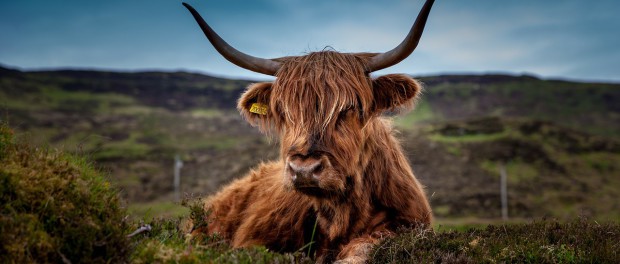
To conclude, let’s not conclude. Let’s learn from each other’s positions. Let’s work to improve how farming and food and rural policies operate. The contours of a better agri-food system are emerging.
The notion that subsidies should simply be dropped is simplistic: we need better policies to deliver public goods, from biodiversity to vibrant rural areas. We need policies that fully embrace the costs of the current system, and which also, concurrently, supporting change towards sustainable diets.
Unfortunately, we are seeing quite the opposite, after a promising start to the CAP reform process earlier in the decade, by the time it concluded, it was a huge disappointment. Greening, which offered such promise, is delivering very little: regions and Member States are opting for the least green greening choices when given the opportunity ; more so called simplification is coming down the line and the dairy sector is failing farmers. Indeed this CAP period – 2014-2020 sees 1 billion less for ecologically-friendly farming and a Commissioner hell-bent on a market ideology in spite of all evidence, while eviscerating what’s green in greening.
So on the ground, in the end, having had this #LivestockDebate what do we want? There is a strong case to be made for mixed farms using agroecological methods, embedded into and engaged with their surroundings and the people who eat from it. We need to get back to farms and a food system which is all inclusive. A good balance between organic soil building, plant production, and livestock – both animal health and land carrying capacity – is important. And people in places matter – farmers are both land custodians and experts with crucial knowledge; consumers can be agri-food citizens, engaged with the who, what, how and why of the food they eat. So let’s embrace a healthy, holistic, broad and sustainable agri-food system with positive effects on employment, climate, the environment, rural development and so many other areas.
In certain contexts, regenerative agriculture, with its focus on livestock may work well; in other contexts, a more plant based agriculture may be optiminal.
However as IPES food put it succinctly: “whether or not livestock production is environmentally viable depends on the extent to which it is integrated into ecosystems, landscapes, farming systems and livelihood activities.”
So let’s carry on this and other related discussions and let’s make policy recommendations based on our interactions – it’s what ARC2020 is for.



